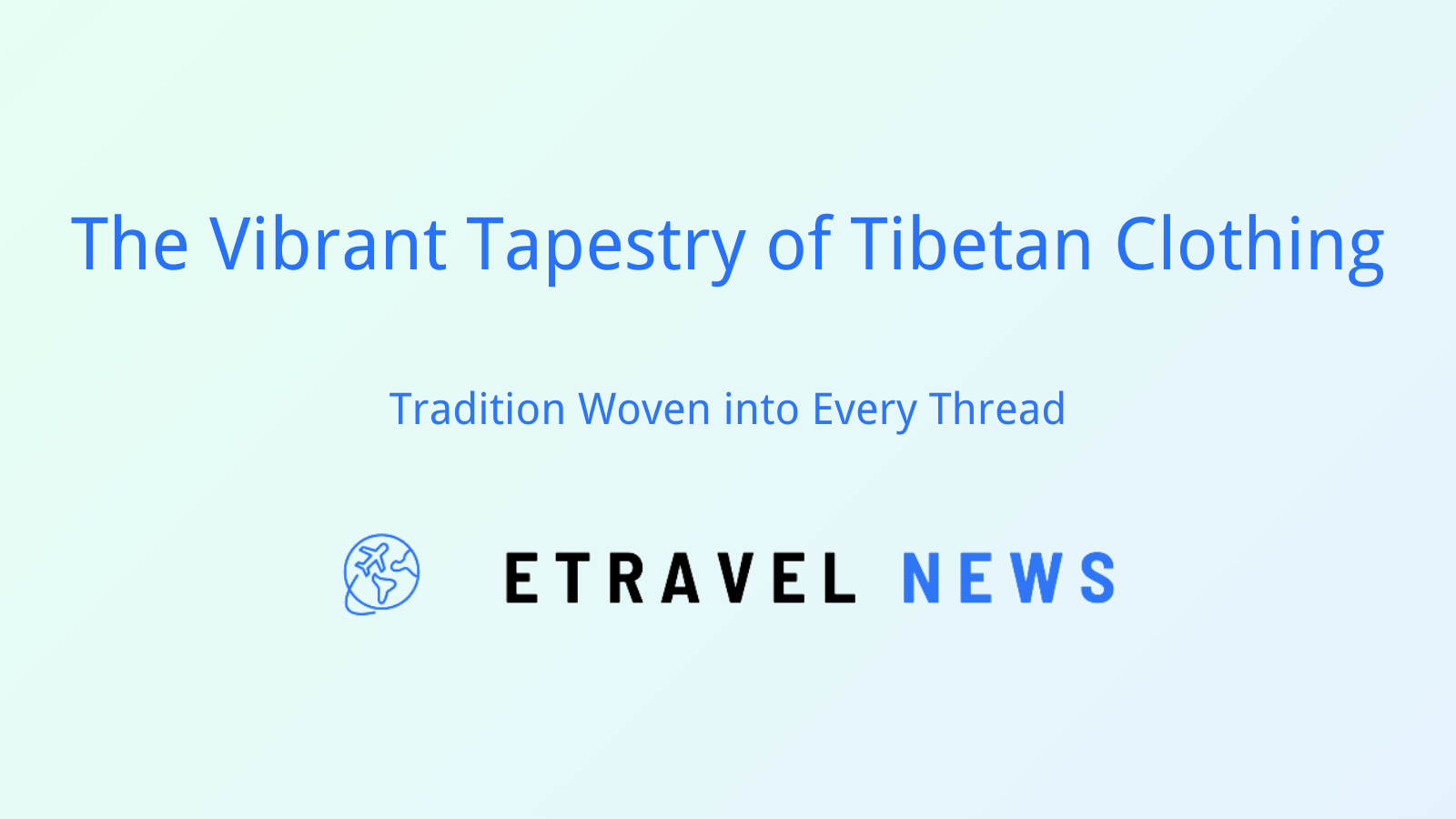Introduction to Tibetan Clothing
Perched high on the “Roof of the World,” Tibet boasts a unique culture shaped by its harsh environment and rich spiritual traditions. Tibetan clothing, an integral part of this cultural tapestry, reflects the practical needs of life on the plateau while embodying centuries of artistic and spiritual expression.
Tibetan attire is characterized by its:
- Layered construction for warmth
- Vibrant colors and intricate designs
- Symbolic elements rooted in Buddhist philosophy
From the flowing robes of monks to the colorful festival garb of villagers, Tibetan clothing serves as a visual representation of identity, status, and cultural heritage.
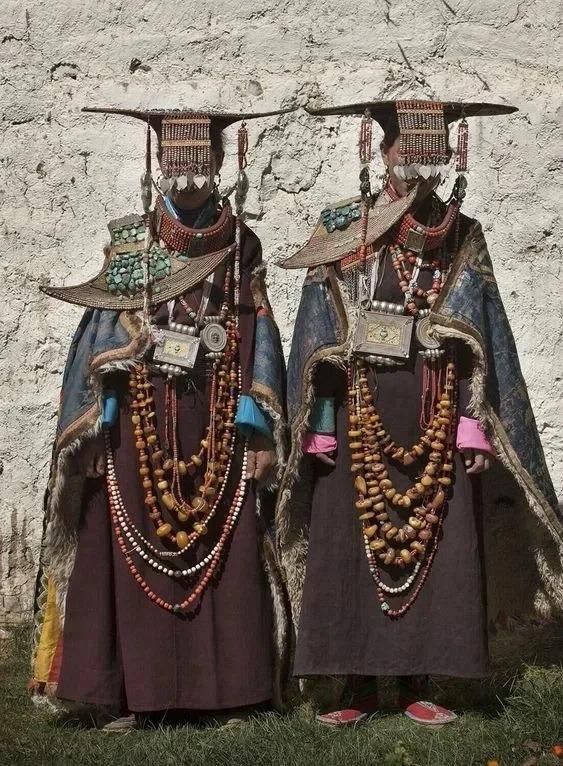
The Chuba: The Traditional Tibetan Robe
The chuba, a long robe-like garment, forms the foundation of traditional Tibetan dress:
| Aspect | Description |
|---|---|
| Design | Ankle-length, wrap-around robe with long sleeves |
| Material | Wool, sheepskin, or silk, depending on climate and status |
| Closure | Tied at the waist with a sash or belt |
| Variations | Men’s chubas are shorter, women’s longer and more fitted |
To wear a chuba properly:
- Wrap the right side over the left
- Secure with a belt, creating a pouch-like space (amdob) for carrying items
- Adjust sleeve length based on activity and temperature
The chuba’s voluminous design serves both practical and cultural purposes, providing warmth in cold climates and reflecting the Tibetan value of modesty.

Headwear in Tibetan Culture
Tibetan headwear is diverse and meaningful:
- Pandens: Fur-trimmed hats worn by men, often indicating social status
- Pagor: Circular felt hats popular in central Tibet
- Zhva-mgo: Elaborate headdresses worn by married women in some regions
Special occasion headgear includes the distinctive yellow pointed hats worn by high-ranking lamas and the ornate crowns used in ceremonial dances.
Hair ornaments, such as the colorful beaded hairpieces worn by women in eastern Tibet, add both beauty and cultural significance to traditional hairstyles.
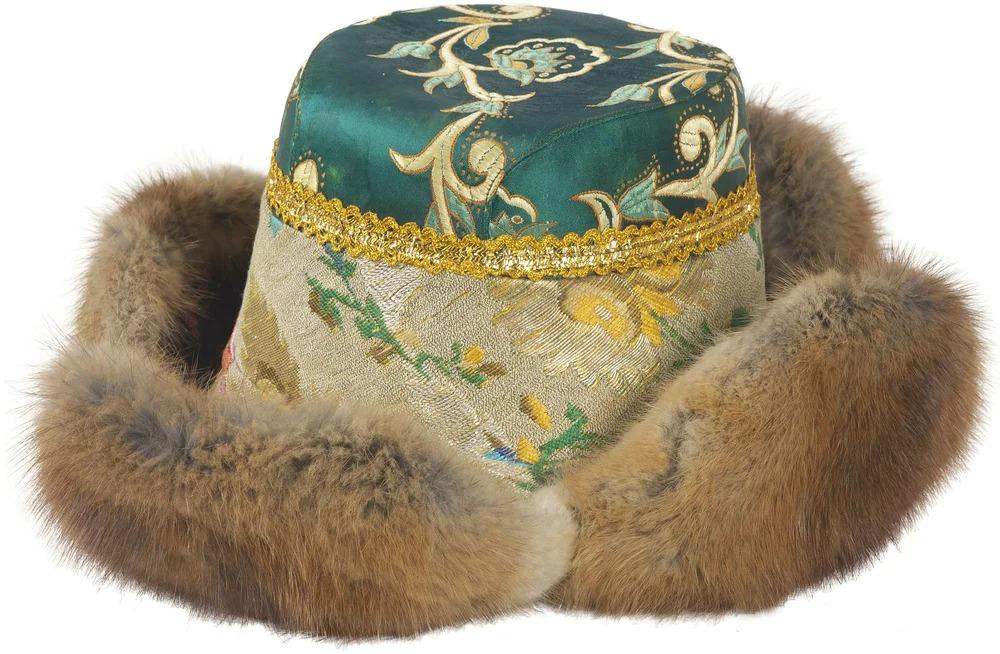
Footwear and Accessories
Traditional Tibetan boots, known as lham, are made of leather with colorful cloth tops. They’re designed to withstand rough terrain and cold weather.
Accessories play a crucial role in Tibetan attire:
- Belts: Often elaborately decorated, used to secure the chuba and carry small items
- Jewelry: Coral, turquoise, and amber are prized materials, believed to have protective properties
- Prayer beads (mala): Used for meditation and as a fashion accessory
The iconic dzi beads, with their distinctive patterns, are highly valued for their supposed protective and lucky qualities.
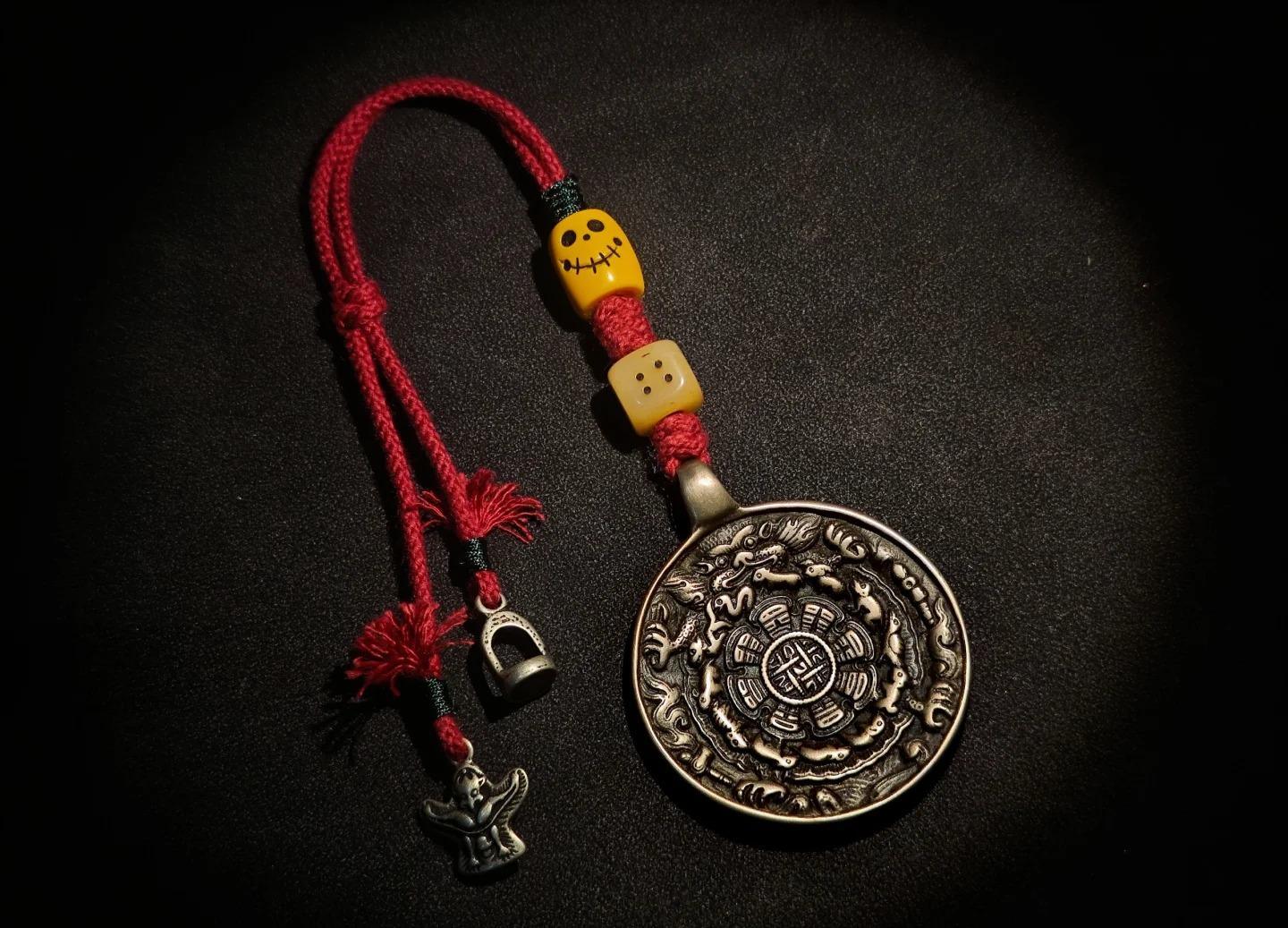
Regional Variations and Festive Attire
Tibetan clothing varies significantly across regions:
- Amdo: Known for its wide-sleeved robes and unique hats
- Kham: Features colorful, embroidered clothing and distinctive hair ornaments
- U-Tsang: Home to the “standard” Tibetan dress often seen in Lhasa
Festive attire is particularly elaborate. During Losar (Tibetan New Year) and other celebrations, Tibetans don their finest clothing, often featuring intricate embroidery and precious stone embellishments.
Monastic robes, with their distinctive maroon and saffron hues, are a common sight in Tibet. The style and color of these robes can indicate a monk’s rank and Buddhist school affiliation.
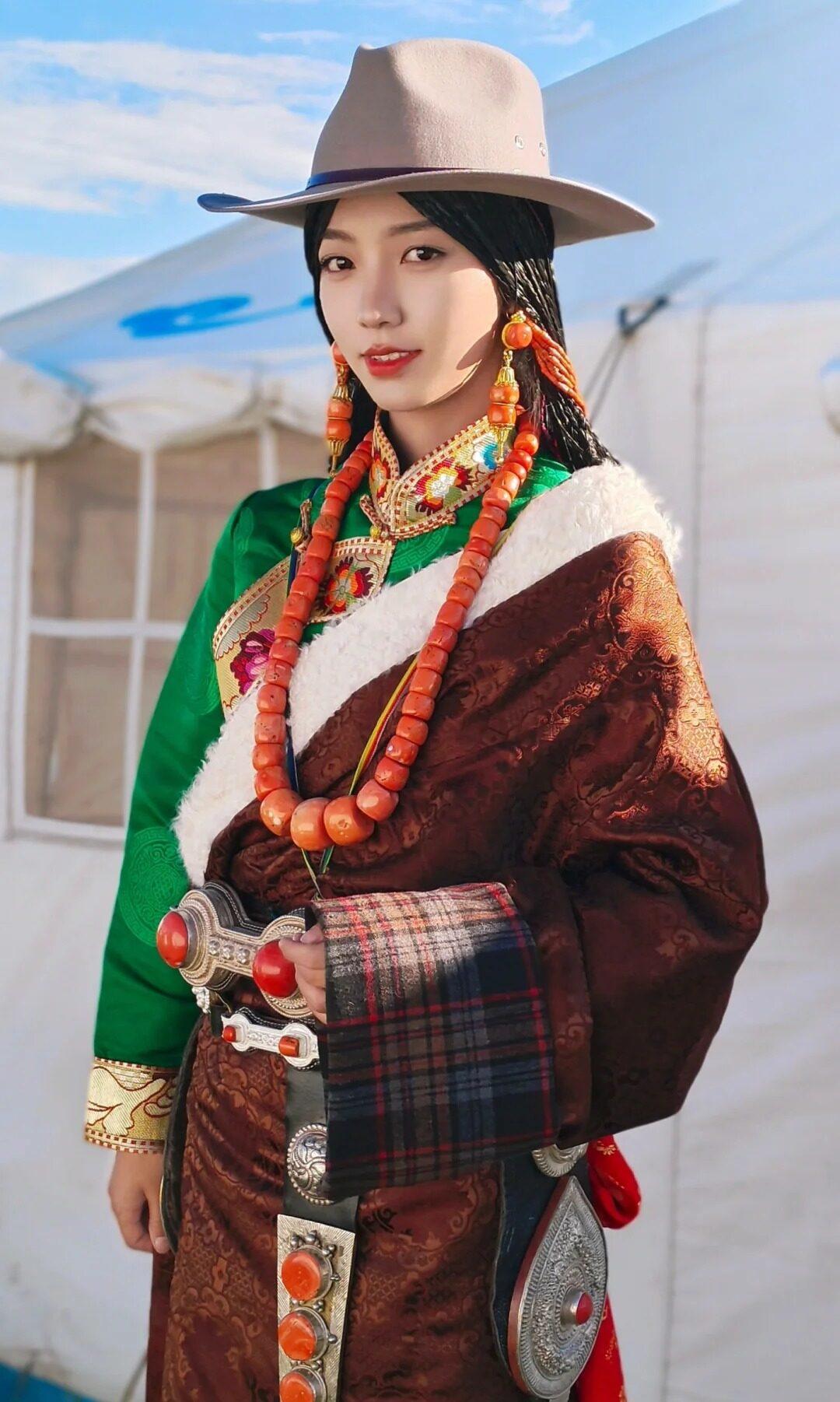
Modern Adaptations of Tibetan Clothing
While traditional clothing remains prevalent, especially in rural areas and during festivals, modern influences have led to adaptations:
- Shorter chubas paired with jeans or leggings
- Traditional motifs incorporated into contemporary fashion designs
- Revival of traditional weaving and embroidery techniques for modern garments
These adaptations help preserve Tibetan clothing culture while making it relevant to younger generations and urban lifestyles.
Practical Information for Travelers
To experience Tibetan clothing culture:
- Visit the Barkhor area in Lhasa for traditional clothing shops
- Attend festivals like Shoton or Saga Dawa for displays of festive attire
- Consider purchasing ethically-sourced, locally-made clothing as souvenirs
Etiquette tip: While it’s generally acceptable to try on traditional clothing, always ask permission before photographing individuals in traditional dress.
Cultural events, such as the Tibetan Opera performances during the Shoton Festival, offer excellent opportunities to see a wide variety of traditional and ceremonial Tibetan attire.
Tibetan clothing, with its rich history and vibrant designs, offers a window into the soul of Tibetan culture. Whether admiring the intricate details of a festival costume or wrapping yourself in the warmth of a traditional chuba, experiencing Tibetan clothing is an unforgettable part of any journey to the Land of Snows.


